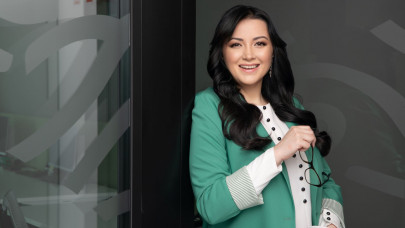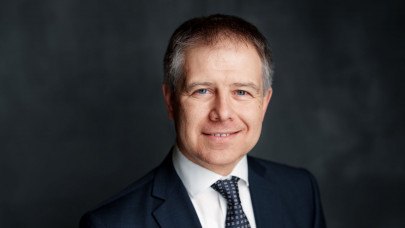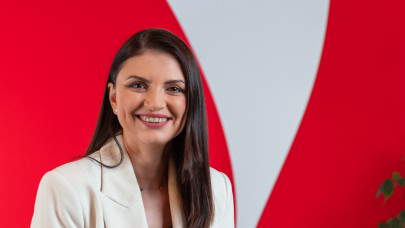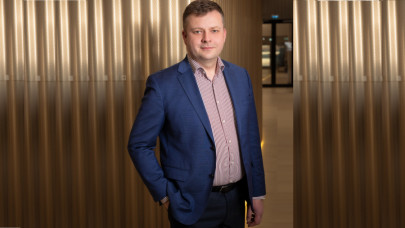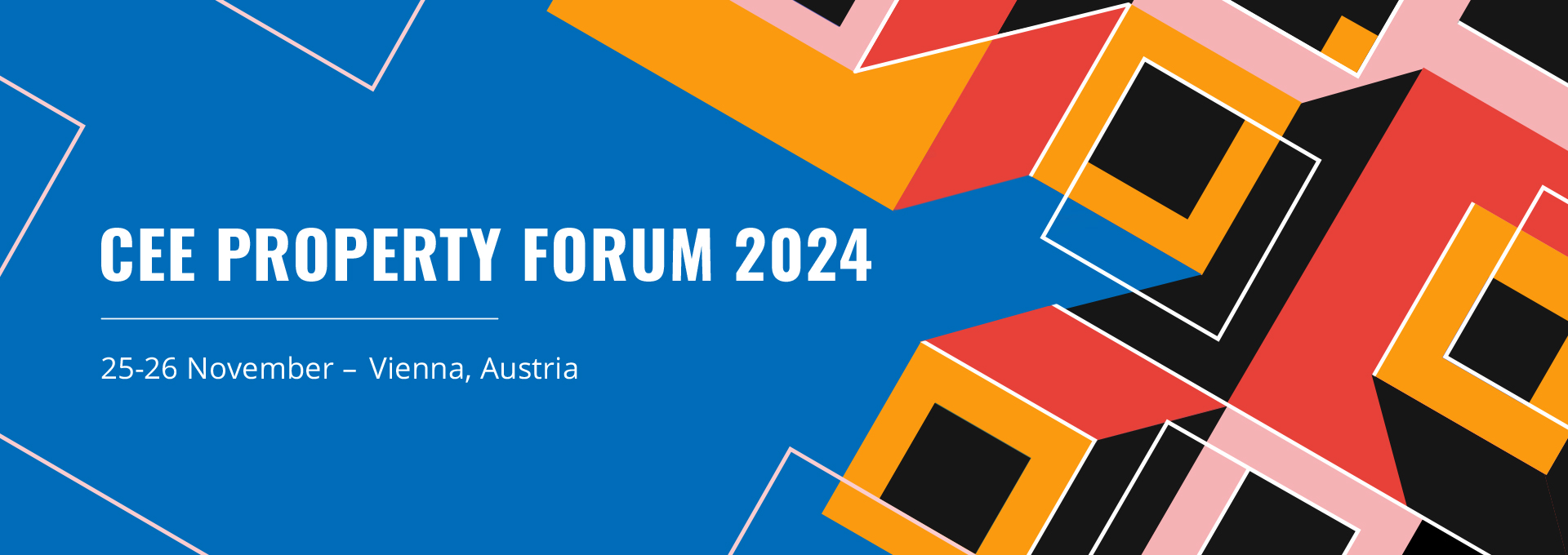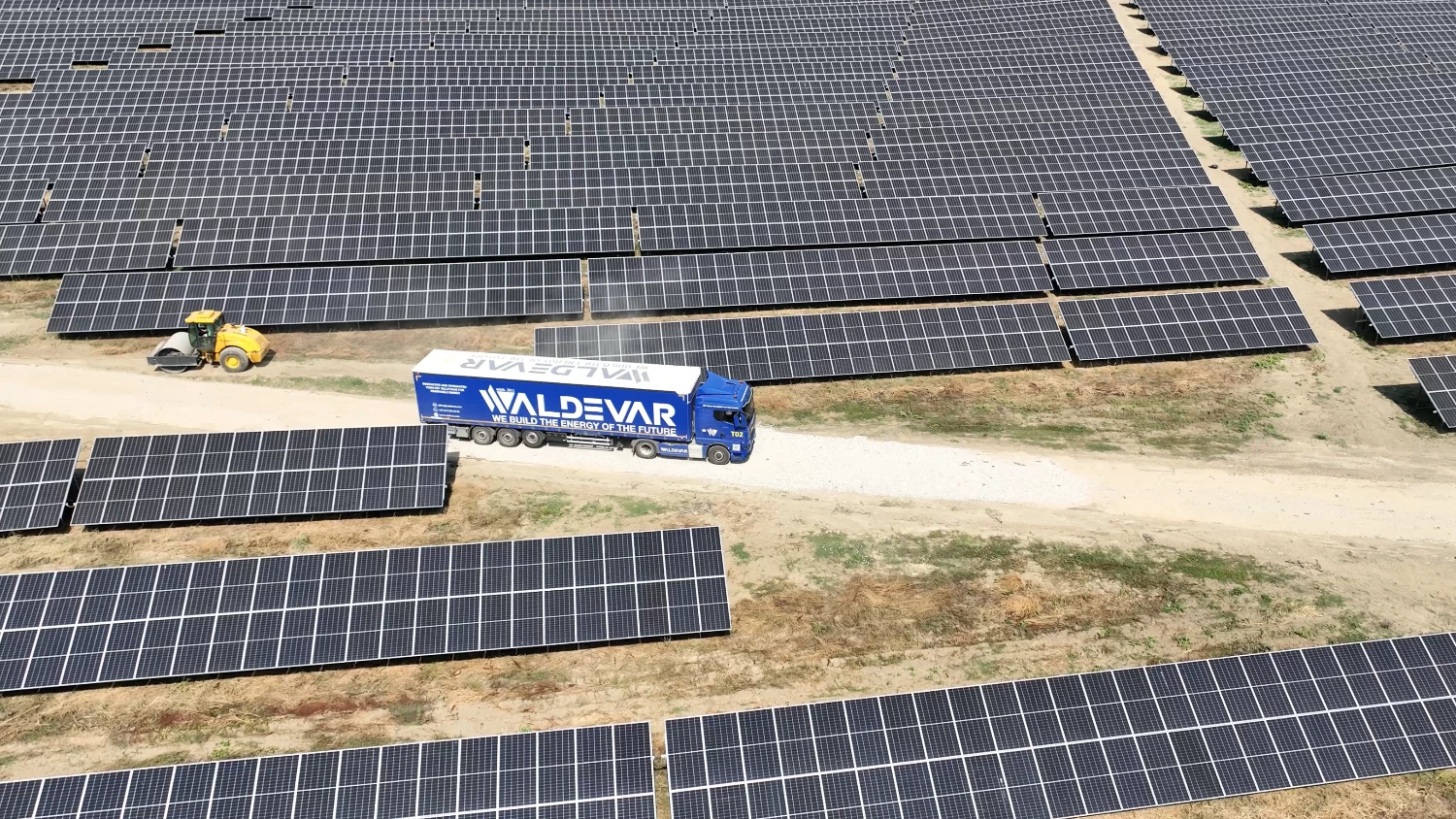What are the main objectives of the company in terms of sustainability in Romania?
Alstom's clear ambition is to be the world leader in smart and sustainable mobility. With rapidly evolving demographics and consequent massive urbanisation, transport systems are being redesigned to meet the increasing demand for mobility while preserving the environment, worldwide and in each region and country where we operate.
Our overall vision in the green mobility era is to reduce road congestion, reduce transportation's carbon footprint, and increase the fluidity of our travel across cities. The shift towards sustainable rail transportation can be made by making journeys faster, more comfortable and more punctual.
To put it simply, to meet the climate challenge we need to get more people out of their cars and onto public transport. Rail can achieve this objective - it is the only ‘green' solution that also solves the problem of congestion in cities and towns worldwide. The average passenger vehicle fills 7 square metres of space and is often only transporting a single person, whereas a metro car can accommodate up to seven people in 1 square metre. Creating the greenest, most sustainable rail network is only part of the answer, however. Potential users also need to be motivated to use it. To make rail more attractive, we need to accelerate the transition towards reliable, seamless transportation in the most timely and cost-effective way possible. Digitalisation achieves this in the most affordable way. By putting the control of the train in the hands of the digital signalling system, speed and braking are perfectly optimised, allowing operators to run more trains at faster speeds and shorter intervals. Capacity is increased, while passengers benefit from shorter, more reliable journeys.
To give you only one example of transport digitalisation in Romania, Alstom is proudly introducing the first Communication-Based Train Control (CBTC) system ever deployed in Romania, on Bucharest Metro Line 5. This modern signalling solution will allow intervals between trains of not more than 90 seconds, which means increased capacity at enhanced safety. When the line will be fully CBTC-enabled – meaning when the new Alstom CBTC-enabled trains will start operation on the CBTC-equipped track – these advantages of digitalisation will really make a difference.
What goals and targets have you set in terms of achieving carbon neutrality, both globally and within your Romanian operations?
According to industry figures, 27% of worldwide CO2 emissions (from energy combustion) come from transport. Also, 70% of the world's population will be living in urban areas by 2050 and the global demand for passenger traffic could double in 2050, compared to the 2015 level. These predictions clearly show that carbon neutrality in transportation is a necessity, not just in Romania but on a global scale. The implication of the Paris Agreement is clear: to limit the rise in temperature to well below 2°C by the end of the century, carbon neutrality must be achieved by 2050. Specifically, Alstom is committed to supporting carbon neutrality in transport and has adopted a “Climate and energy transition strategy” along three lines:
- Placing energy-efficient electrical rail solutions at the heart of our portfolio. Specifically for Romania, the first 37 modern inter-regional electric trains ordered in 2022 will significantly contribute to the country's transition to sustainable mobility – in line with our ambition to lead the way towards greener and smarter mobility worldwide.
- Enabling the transition to sustainable mobility solutions. Able to offer a complete range of green-traction solutions, Alstom is already ideally positioned to facilitate this shift. In parallel, we are working on improving the environmental impact of Alstom trains that are still using diesel by minimising their CO2 emissions. This can be achieved by using hybrid power packs that combine battery and diesel and we are currently exploring and evaluating other options.
- Decarbonising its operations. More specifically, Alstom's objective is to reduce by 25% the energy consumption of its solutions, by 2025 (compared to 2014). As of March 2022, we have achieved a reduction of 22%.
What is Alstom's eco-design policy? What are the priorities set in the company's green design policy focused on?
Eco-design is an approach that aims to incorporate environmental considerations during the design phase of a product, service or building, with the primary goal of limiting the lifetime environmental impact. The eco-design approach involves analysing the product lifecycle from design to recycling in order to predict its effects on the environment at each stage. Alstom's eco-design policy consists of continuously improving the sustainability performance of its solutions by monitoring and reducing their environmental impact throughout their entire lifecycles. The priorities set in Alstom's eco-design policy focus on the energy efficiency of rail transport systems; use of clean, recyclable, and natural materials; reduction of noise and vibrations; reduction of air emissions; and end-of-life management of products, particularly in maintenance activities.
Currently, 51% of the solutions in Alstom's portfolio are classified as eco-designed and 92% of products sold in the fiscal year 2021-2022 can be reused or recycled. Our target is for 100% of our newly developed solutions to be done with eco-design by 2025.
How many hydrogen and battery-powered trains run around the world at the moment? What are the advantages of such trains?
The world's first hydrogen train Coradia iLint – and the only such train already in operation with passengers – first entered commercial service in Germany in 2018 and has travelled more than 220,000 kilometres in eight European countries. To date, 41 Coradia iLint hydrogen trainsets have been ordered by clients in Europe. In addition, Coradia Stream hydrogen-powered trains are being produced in Italy, and dual electric-hydrogen trains have been ordered in France, increasing the total number of hydrogen trains ordered to 59.
Coradia iLint is powered by a hydrogen fuel cell that emits only water vapour during operation while ensuring a quieter environment for passengers and those close to tracks. On September 15, 2022, the Coradia iLint travelled a record distance of 1,175 kilometres without refuelling. Coradia iLint has a top speed of 140 km/h and acceleration and a braking performance comparable to a standard regional diesel train – but without the noise and the emissions. Coradia iLint stands out for its combination of innovative features: clean energy conversion, flexible energy storage in batteries, smart traction and energy management. Designed especially for non-electrified lines, it allows for safe, clean and sustainable operations.
There's indeed another technology which can be used on non-electrified lines: the battery train. Hydrogen fuel cell and battery technologies are complementary and there's a market for both. Battery trains are more suitable for networks with shorter non-electrified sections or partial electrification, whereas the hydrogen fuel-cell train is a good solution for lines and networks where you have longer sections without electrification. While the Coradia iLint can operate for a day or two without refuelling, battery trains need to recharge more regularly during the operation. It's a matter of which technology suits the needs of the customer best.
In February 2020, we received an order for eleven battery-powered regional trains for the Zweckverband Verkehrsverbund Mittelsachsen (VMS) in Germany. These were the first battery trains to be ordered from Alstom. Irish Rail ordered 31 five-car battery-electric multiple units (BEMUs), due to enter service in 2025. Offering both hydrogen and battery is an important milestone for Alstom, as it further proves our central role in the emission-free mobility market.
Have you held discussions with the authorities or local administrations in Romania to supply such trains?
According to current estimations, one in five trains in Europe will run with hydrogen traction by 2030, in order to achieve the European goal of decarbonising the transport sector. This is a viable option that can replace diesel trains in a sustainable manner, with a comparable range. Romania has shown a strong interest in adopting hydrogen technology and the National Plan for Recovery and Resilience includes 12 hydrogen trains in the new rolling stock acquisition plan. Time is short, as the deadline for completion of the project is August 2026, but in case a contractual agreement can be reached by May June 2023, following a successful tender, we could manage the deadline, despite the challenging economic and political context in the region. Moreover, currently, there is no legislation in place in Romania regarding hydrogen fueling stations, but starting in 2035 no vehicles on fossil fuel will be allowed at the EU level so changes must occur and the market must evolve.
Alstom develops and markets mobility solutions that provide sustainable foundations for the future of transport, with a view to a future with low carbon emissions. What do you think has to change in Romania to adapt to such a future?
As mentioned, over the last few years we have received orders for both battery and hydrogen-powered regional trains in Germany, Italy and France. Offering both hydrogen and battery is an important milestone for Alstom, as it further cements its central role in the emission-free mobility market. Romania is embracing the trend, there is no other way. We see clear intentions in this regard, tenders are being organised and we hope to see hydrogen trains circulating soon here. Like in the case of any new technology, there are some challenges for the market to understand and adapt to. Whenever a green solution is introduced, the full system, not only rolling stock, must be optimised. In terms of hydrogen infrastructure, we are talking about fueling stations and distribution points. Battery solutions, on the other hand, may require charging stations as well as additional electrification that will have an important impact on cost and on its economic efficiency.
In the case of hydrogen technology, in order to make the investment into fueling infrastructure more economical, the systems can be shared with other forms of hydrogen transport using like buses, trucks and cars, which is called “sector coupling”. When investing in hydrogen mobility, it is also important to gain political support as well as partners to form a united ecosystem.


